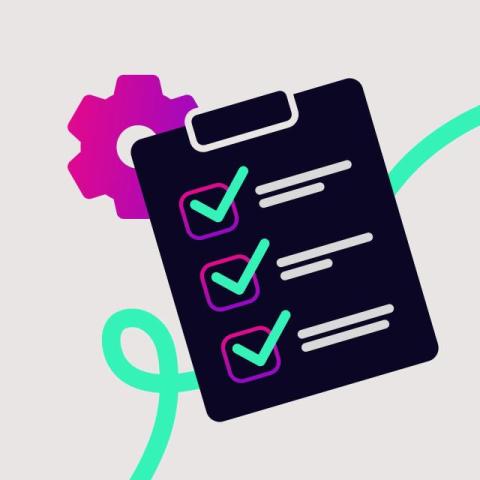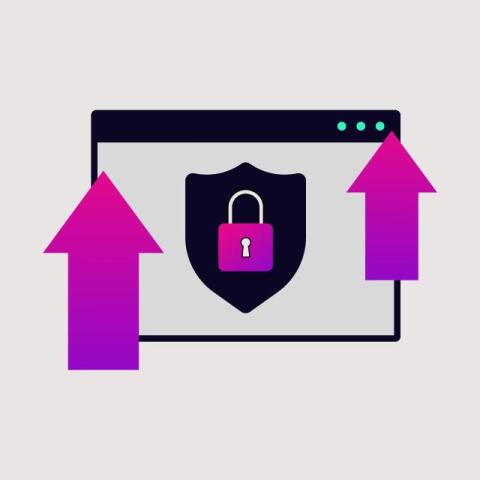DevSecOps Tools for Cybersecurity Success
With DevSecOps, cybersecurity has become integrated into every phase of the software development lifecycle (SDLC). DevSecOps tools work across development, security, and operations siloes and enable these teams to work collaboratively, ensuring security vulnerabilities are addressed early and efficiently, reducing risks before they reach production.









